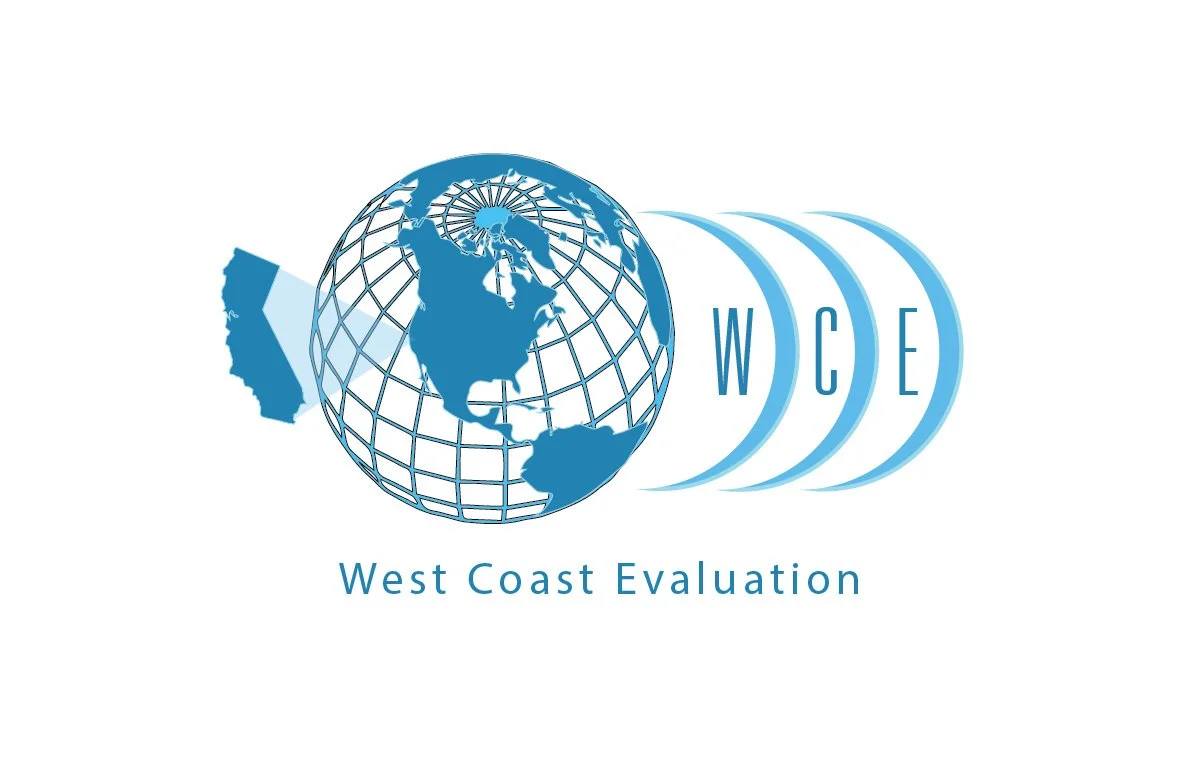Supercharging Commercial Property Appraisals in Riverside: A Comprehensive Guide
Expert strategies and modern technology are transforming commercial property appraisals in Riverside, unlocking greater value for owners in 2026.
This guide provides an in-depth look at commercial property appraisals in Riverside, focusing on historical context, current market dynamics, challenges, and future trends, with an emphasis on how West Coast Evaluation helps property owners maximize their property's value.
I. Introduction: The Appraisal Advantage in Riverside
Importance of Appraisals: Understanding commercial property appraisals is crucial for strategic decision-making in Riverside's market, impacting financing, sales, and property tax navigation.
West Coast Evaluation's Role: The firm aims to help owners "supercharge" their appraisal outcomes by leveraging expertise and technology.
II. Riverside's Appraisal Journey Through Time
1870s: Riverside's valuation was primarily based on agrarian simplicity and farming potential.
Early 20th Century: The emergence of standardized appraisal approaches:
Cost Approach: Estimating the cost to rebuild a structure.
Sales Comparison Approach: Using recent sales of similar properties.
Income Capitalization Approach: Projecting future rental income.
Post-1950s Suburban Sprawl: Led to downtown decline (e.g., Riverside Plaza).
1970s Revitalization: Saw the rise of new office spaces.
Proposition 13 (1978): A significant California-specific tax reform capping property taxes and rolling back assessed values, profoundly impacting commercial property tax assessments and favoring long-term owners.
III. Today's Temperature Check: Riverside's Market Dynamics
Current Market: A seller's market driven by strong fundamentals, economic growth (logistics, manufacturing, healthcare, tech), and population influx from coastal areas.
Appraisal Playbook:
"Big Three" Approaches: Appraisers utilize Sales Comparison, Income Capitalization (focusing on Net Operating Income (NOI) and Cap Rates), and Cost Approaches.
Beyond Numbers: Key factors include location, property type, condition, and amenities (e.g., parking, security).
Ethical Standards: Appraisers adhere to USPAP and BREA standards and engage in continuous learning.
Sector Spotlight:
Industrial: Remains strong but experiencing a "healthy correction" with stabilizing rents after previous rapid growth. Long-term demand is exceptionally high.
Retail: Adapting with a focus on "experiential" spaces and community hubs.
Multifamily: Exceptionally strong due to population growth, with demand exceeding supply.
Office: Facing challenges from work-from-home trends, leading to increased vacancies and value reassessments, though high-quality or specialized spaces (e.g., medical) present opportunities.
IV. Bumps in the Road: Controversies and Challenges in Riverside Appraisals
Interest Rate Fluctuations: Rising rates decrease demand and valuations; falling rates increase demand and valuations, creating uncertainty.
Construction Cost Increases: Higher material and labor costs impact replacement value calculations.
Market Swings and Sector Specifics: "Healthy corrections" in industrial and ongoing adjustments in the office market due to remote work.
Appraisal Puzzles: Difficulty finding perfect comparables, unpredictable income streams, and the impact of environmental issues or unique property features.
Taxing Troubles (and Appeals): Proposition 13 may result in assessed values not reflecting current market value, leading to tax appeals requiring strong comparable sales data. Concerns exist regarding county data handling and its impact on assessments.
Legal Landmines: Litigation, title defects, code violations, and eminent domain threats can delay valuations and lower perceived value.
V. Glimpse into Tomorrow: Future of Riverside Commercial Real Estate
Continued Growth: Cautious optimism for industrial, multifamily, and retail sectors, driven by projected population growth (6.3% in 5 years) and rising incomes.
Infrastructure Development: Projects like the Riverside Transmission and Reliability Project (RTRP, completion 2025) will enhance connectivity and property values, solidifying Riverside as a logistics hub.
Sustainability: Green buildings with features like LED lighting, solar panels, and water-smart technologies can command 4-7% higher valuations due to lower operating costs and tenant appeal.
Interest Rate Stabilization: Hopes for stabilization or slight dips in interest rates in 2025 could lead to lower cap rates and stronger valuations.
AI Integration:
Pioneering Use: Riverside County is using C3 AI's residential appraisal system, achieving a 40% acceleration and improved accuracy.
Advancements: AI and machine learning are driving Automated Valuation Models (AVMs), predictive analytics, and faster insights, allowing human appraisers to focus on complex tasks.
Broader Applications: AI is transforming lead generation, lease abstraction, and fraud detection.
Regulatory Adjustments:
Higher Appraisal Threshold: The federal threshold for independent commercial appraisals has doubled to $500K, reducing red tape for smaller deals, though professional evaluations remain crucial.
Ongoing Standards: FIRREA, Dodd-Frank, and state licensing requirements ensure high ethical standards and continuous professional education for appraisers.
VI. Conclusion: Your Supercharged Riverside Appraisal Awaits!
Proactive Strategy: Maximizing commercial property appraisals in Riverside requires a proactive, informed, and strategic approach.
West Coast Evaluation's Formula: Key strategies include aligning rental rates with market realities, documenting upgrades, leveraging zoning regulations, and assembling thorough due diligence folders to achieve top-tier valuations.
Call to Action: Property owners are encouraged to contact West Coast Evaluation for a consultation and visit their Resource Hub for more insights.



